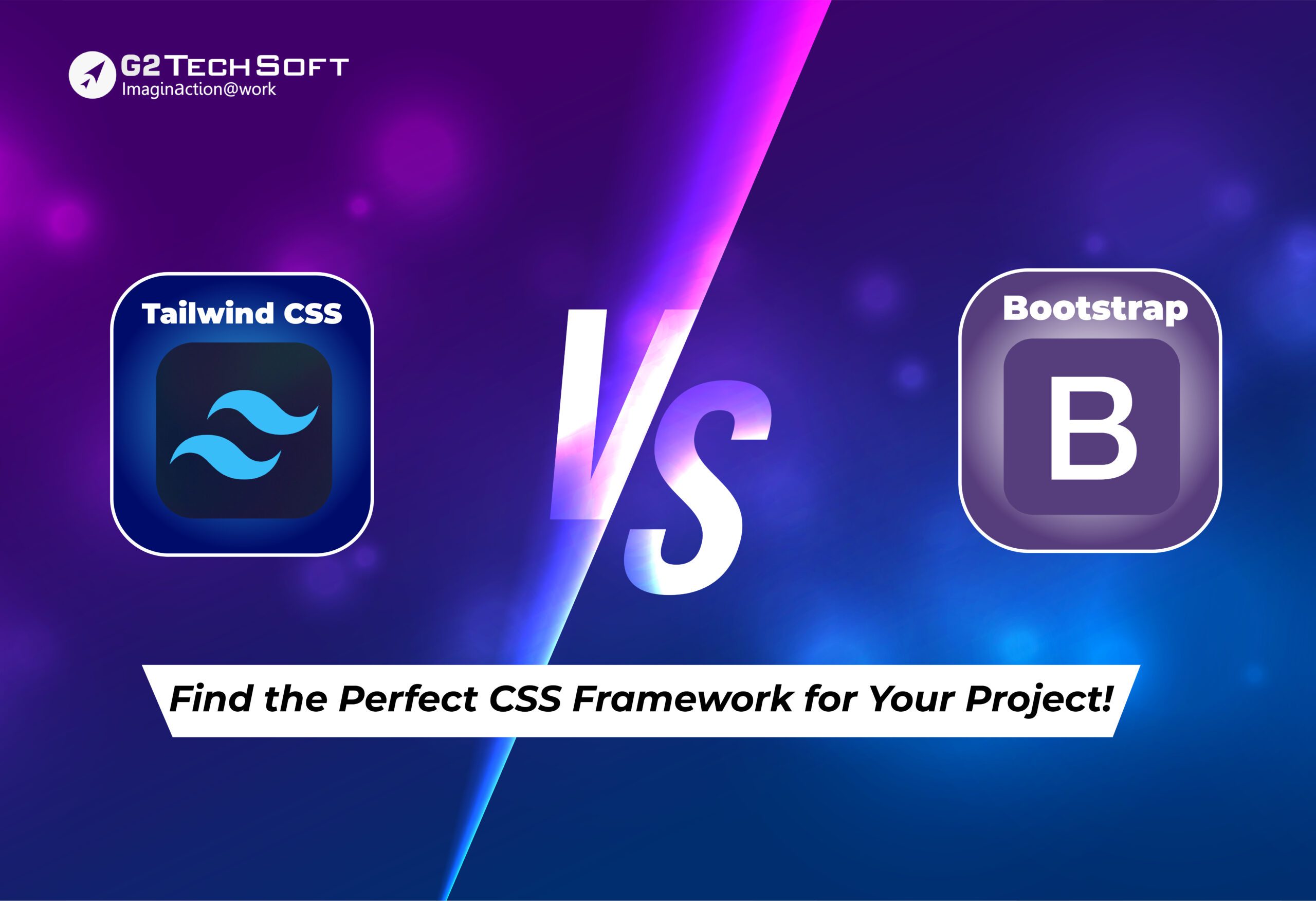The 23rd World Insights
Exploring the untold stories and events from around the globe.
Frameworks That Make CSS a Breeze
Discover the top frameworks that simplify CSS and skyrocket your web design! Make styling a breeze today!
Top 5 CSS Frameworks to Simplify Your Web Design
When it comes to web design, choosing the right tools can significantly impact your workflow and the quality of your results. In this article, we will explore the Top 5 CSS Frameworks that can help simplify your web design process. These frameworks offer pre-designed components, a responsive grid system, and extensive libraries that save time and enhance your creativity. Whether you are a beginner or an experienced developer, these tools will streamline your development process while providing modern design capabilities.
- Bootstrap: The most popular CSS framework, known for its extensive components and strong grid system.
- Foundation: A responsive framework that provides sophisticated design patterns and a modular approach.
- Bulma: A modern CSS framework based on Flexbox, offering a clean design and easy-to-use classes.
- Tailwind CSS: A utility-first framework that allows for rapid custom designs without leaving your HTML.
- Semantic UI: This framework focuses on human-friendly HTML and semantic conventions, making it easy to read and maintain.

How to Choose the Right CSS Framework for Your Project
Choosing the right CSS framework for your project is crucial for both development efficiency and the overall design quality of your website. Start by evaluating the specific needs of your project, such as responsiveness, browser compatibility, and customizability. Consider frameworks like Bootstrap or Foundation for robust grid systems and UI components that can speed up development. Additionally, if your project requires a unique design aesthetic, you may want to explore lighter frameworks like Bulma or Tailwind CSS, which offer more flexibility for custom styling.
Another essential factor in your decision is the community support and documentation of the CSS framework. A strong community can provide vast resources, including tutorials, plugins, and troubleshooting help. When selecting a framework, look for one that has active maintenance and regular updates to ensure security and performance. Moreover, read user reviews and case studies to assess how well the framework performs in real-world applications, which can guide your choice and contribute to the success of your project.
What Are the Advantages of Using CSS Frameworks?
Using CSS frameworks offers numerous benefits that streamline the web development process. First and foremost, they promote consistency across your website. By utilizing a predefined set of styles and components, designers and developers can ensure a unified look and feel throughout all pages. This consistency not only enhances the aesthetic appeal but also contributes to improved user experience, as visitors can navigate your site more intuitively.
Another significant advantage is the reduction in development time. CSS frameworks come with a robust set of pre-built components and utilities, which means developers can focus on customizing their designs rather than writing boilerplate code. For instance, common elements such as buttons, forms, and grid systems are readily available, allowing for rapid prototyping and deployment. Ultimately, this efficiency translates to faster project completion and the potential for increased productivity.